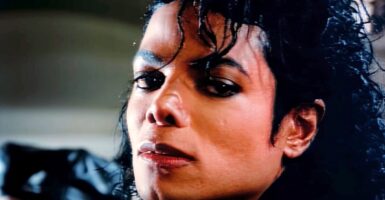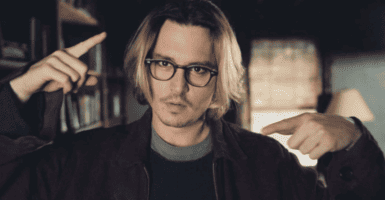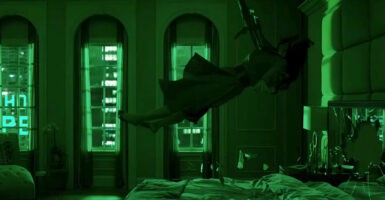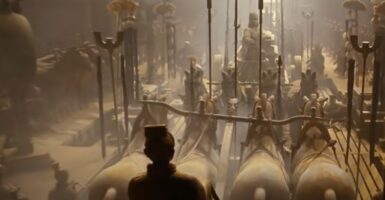The Exorcist Director Nearly Made A Classic Superhero Movie
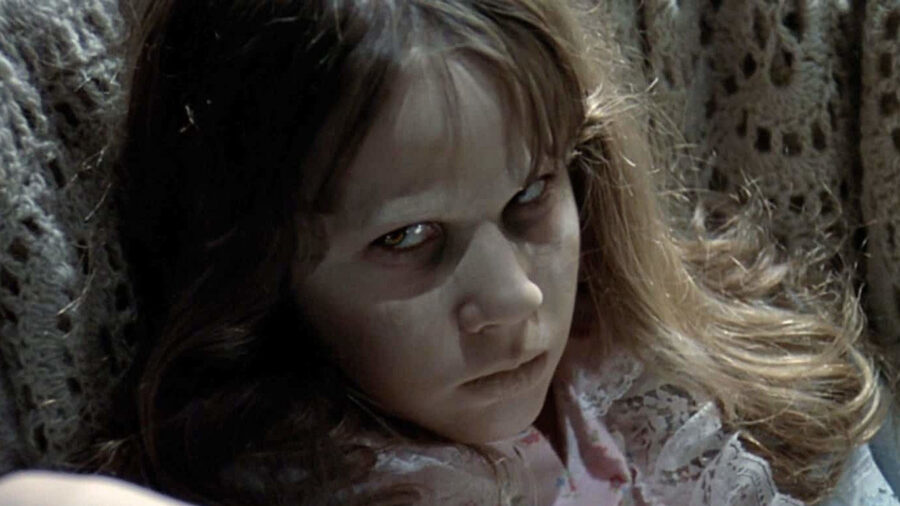
The Exorcist director William Friedkin almost made a superhero movie based on the Will Eisner-created newspaper comic strip The Spirit from the 1940s and early 1950s. While this project never materialized, Friedkin’s vision could have shaped the superhero genre into something entirely different. In 1975, Friedkin told a reporter that a comic book cover inspired a car chase scene in The French Connection.
Per the Literary Hub, the man William Friedkin referred to was The Spirit. He resembled a classic Hollywood detective, complete with a blue suit and a loose tie. Despite doubts regarding the accuracy of the filmmaker’s claims, since the comic was released after The French Connection, it was an excellent publicity stunt for the pilot he was developing for an NBC series featuring the character.
The Spirit was an unconventional superhero who had risen from the dead, lived in a cemetery, and fought crime with a combination of wits, fists, and an incredible tolerance for pain that bordered on masochism. William Friedkin collaborated with Pete Hamill, a prominent crime writer and columnist whose work as a screenwriter included dialogue for the sequel to The French Connection.
Hamill’s take on The Spirit was a unique blend of homage and innovation, with a deep understanding of Eisner’s original vision. In the first treatment for William Friedkin, he explored realism in superhero storytelling. He toyed with the concept of metafiction, allowing the characters to break the fourth wall and acknowledge their roles as heroes in a comic book story.
Denny Colt/The Spirit, an Irishman with Yiddish slang, maintained his roots in the outer boroughs. His sidekick, Ebony White, was reimagined as a street-smart 12-year-old rather than a caricature. The villain, Richard Abrams, was portrayed as a sexually frustrated teenager who saw comic books as guides for his mad scientist persona. Hamill aimed to make him a more sympathetic character.
The second treatment presented to William Friedkin shifted the narrative into neo-noir territory, with Denny Colt/The Spirit investigating the mystery behind his father’s death in New York nearing the end of its historical timeline. The treatment explored various eclectic settings and themes, reflecting Hamill’s ability to infuse depth into the superhero story.
The third treatment ventured into uncharted territory, with Denny Colt as an environmental engineer in a post-capitalist dystopia. Corporate powers had taken over the government, and environmentalism had become illegal. The world was divided into artificial cities, with the exterior threatened by pollution and sludge. This treatment, while bizarre, strayed far from William Friedkin’s style and vision.
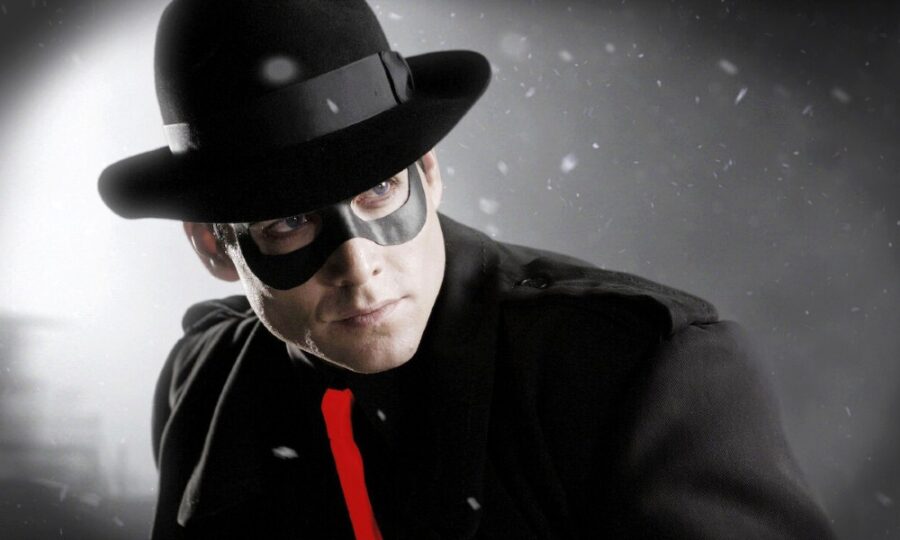
Unable to please William Friedkin, Hamill abandoned the project. After turning to writers Jules Feiffer, Harlan Ellison, and Eisner himself, Friedkin decided to move on from the project. Since then, there have been attempts to capture the essence of The Spirit, which include a low-budget series pilot and a misguided 2008 adaptation by Frank Miller.
Paul Levitz, the author of a book about Eisner, explained the failed attempts at adapting the story for the screen, saying, “One might argue that the consistent inability to translate The Spirit to live action is testimony either to Eisner’s talents or to the intrinsic way The Spirit depended on the media form it was depicted in originally.”
Interestingly, Martin Scorsese eloquently outlined his cinematic ideals and lamented the absence of depth in contemporary superhero blockbusters in a 2019 op-ed for The New York Times. As he reminisced about the golden age of cinema in the 1940s and 1950s, the filmmaker described the qualities of Eisner’s The Spirit comics and Hamill’s second treatment for William Friedkin.









